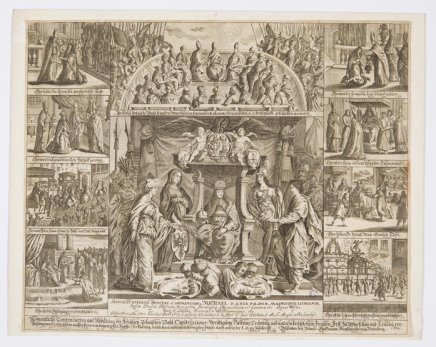Prof. dr hab. Andrzej Szczerski
Assistant: Małgorzata Zimna
mzimna@mnk.pl
+48 12 433 56 20

